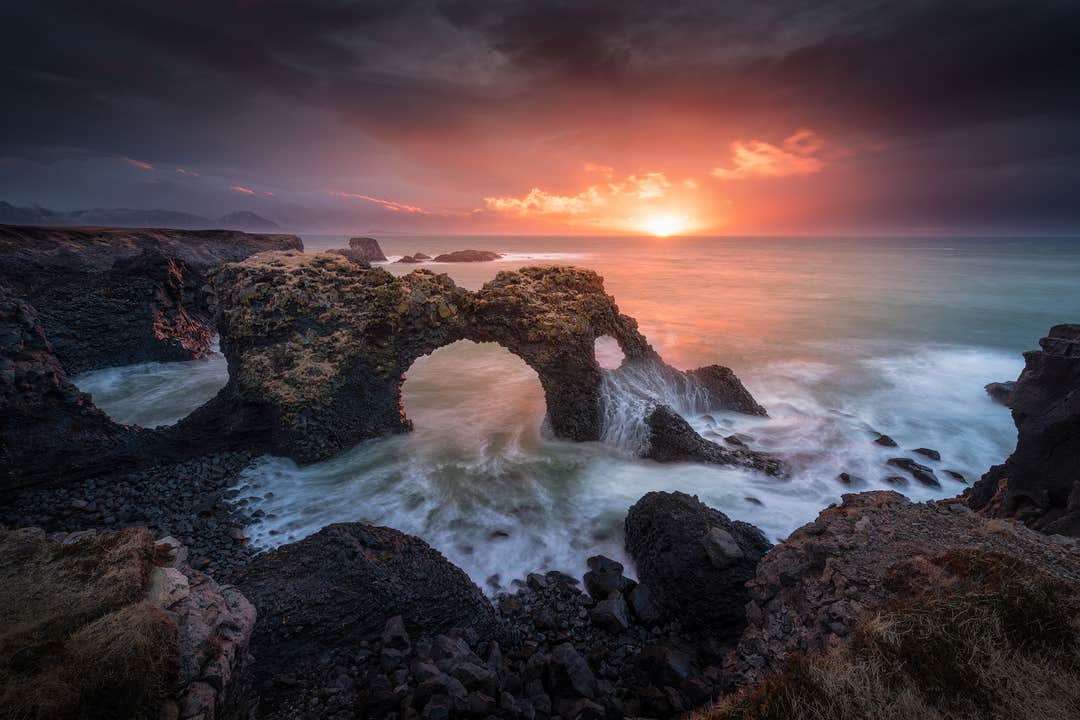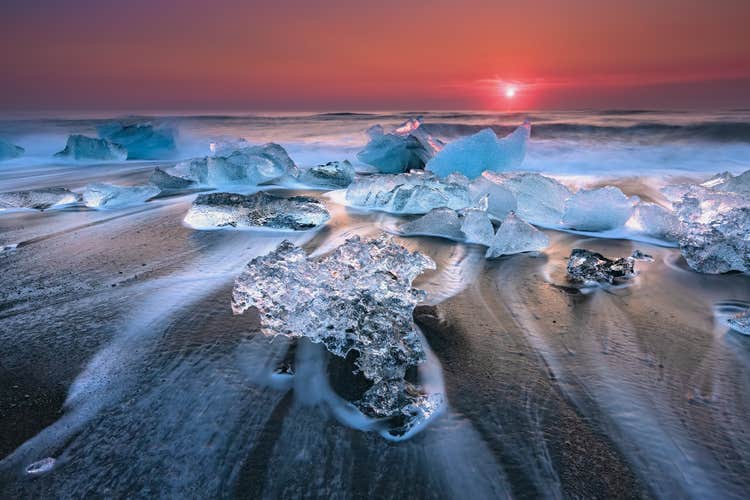Description
Summary
Description
Embark on a 13-day self-drive tour of Iceland that takes you across the entire country, from the iconic Ring Road to the untouched Westfjords and the dramatic Snaefellsnes Peninsula. This takes you coast to coast, letting you discover Iceland’s most iconic landmarks and hidden gems without the stress of planning.
You’ll spend 13 days exploring the remote islands in Westfjords, the famous Golden Circle, and the magical Jokulsarlon Glacier Lagoon, among many others. With a self-drive tour, you have no strict schedules or tour groups; you decide where to go, when to leave, and how long to stay at each location.
Our local travel experts have carefully crafted this 13-day Ring Road itinerary to ensure a smooth and well-organized journey that covers not only Iceland’s most famous attractions but also some underrated local gems. This helps you avoid costly planning mistakes, like misjudging travel times or running into closed attractions.
Along with your itinerary, you’ll receive route recommendations, ideal start times, and specific travel tips to keep your Iceland summer road trip smooth and stress-free. Best of all, you get everything at a price that’s hard to beat compared to planning it all on your own.
Thanks to the midnight sun, you’ll enjoy extended daylight hours to explore Iceland. One of the best ways to make the most of it is by adding optional activities to your itinerary. You can relax in the Blue Lagoon, snorkel in the Silfra Gorge, snowmobile across the Langjokull Glacier, or explore the Vidgelmir Lava Cave.
These top Iceland experiences are available at an excellent value when you add them to your self-drive package during booking.
From arrival to departure, this tour covers everything you need for your Iceland summer road trip. Upon landing at Keflavik International Airport, your rental car will be ready for pickup. For 12 nights, you'll stay in carefully selected accommodations, customizable to fit your budget and preferences. A 24/7 personal travel agent will also assist you whenever needed throughout your journey.
This highly rated Iceland road trip is a favorite among travelers, offering both flexibility and accessibility. It’s designed to be relatively easy to follow, making it suitable for guests of all ages. This tour’s ample length also allows you to fully experience Iceland’s beauty without feeling rushed. For added peace of mind, you can cancel your trip for any reason up to 24 hours before departure and receive a full refund.
Don’t miss this incredible 13-day self-drive tour around Iceland, covering the Westfjords, the Snaefellsnes Peninsula, and everything in between. Check availability now by choosing a date.

















